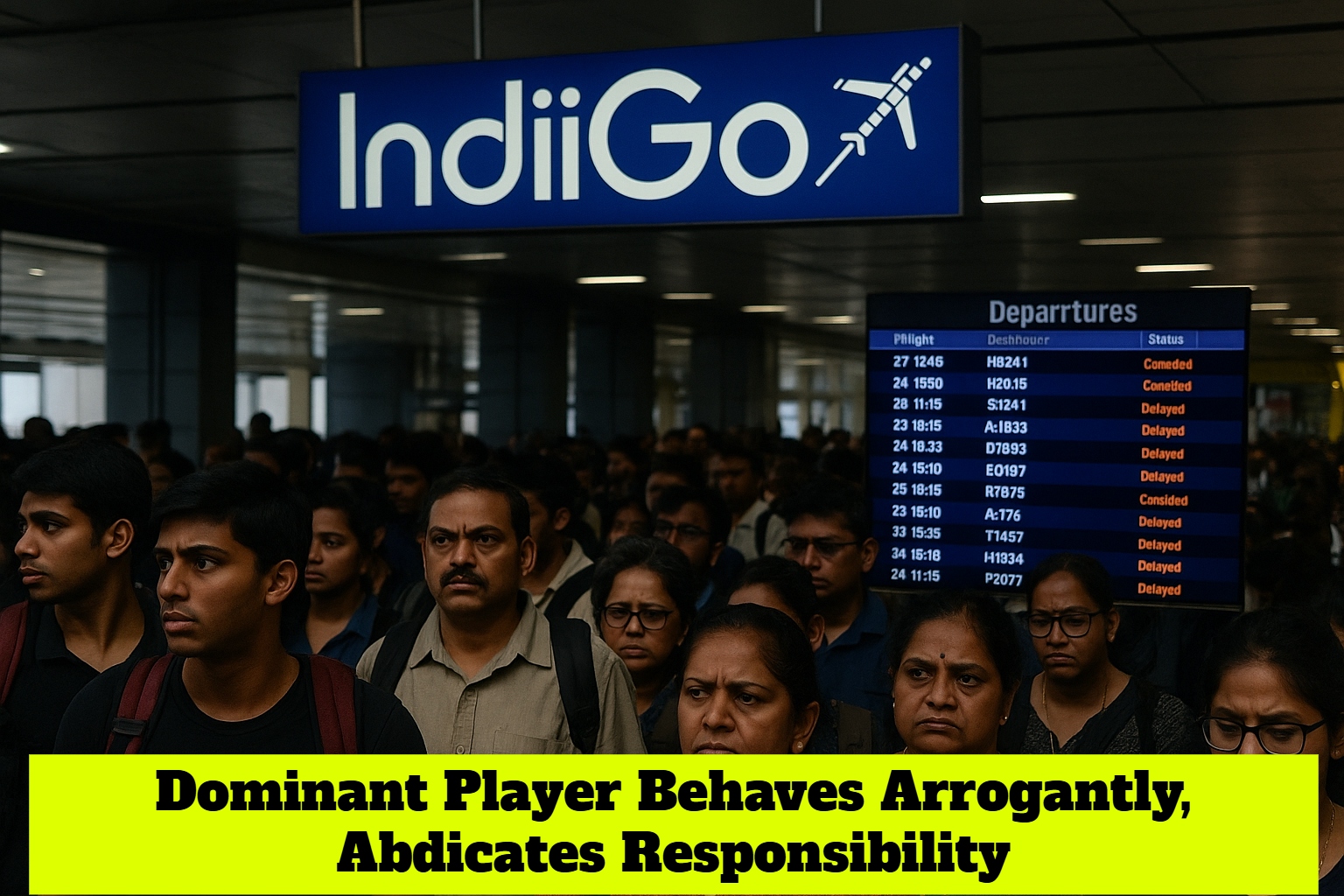

By Sunil Garodia
First publised on 2025-08-29 11:10:33
Neeraj Chopra has been Indian athletics' golden boy, the man who made the world sit up when he hurled his javelin to Olympic glory in Tokyo. Since then, every throw he makes is watched with a mix of pride and expectation. But expectations, unlike medals, don't stay frozen in time. They move forward, and right now, Chopra doesn't seem to be keeping up.
The Diamond League final, where Chopra could manage only 85.01m whereas Julian Weber threw a massive 91.51m, only underlined what has become increasingly hard to ignore. While his competitors are regularly sending their javelins soaring past the 90-metre mark, Chopra is stranded in the mid-80s. Once upon a time, that distance was enough to win him gold and headlines. Today, it looks like he's falling behind.
And Weber isn't alone. The men's javelin has entered a golden age where the 90m mark is no longer rarefied. Jakub Vadlejch of Czechia has crossed it multiple times, including a monstrous 90.88m earlier this year. Anderson Peters of Grenada, a two-time world champion, owns a personal best of 93.07m. Even youngsters like Finland's Oliver Helander have breached the barrier. In this company, Chopra's steady diet of mid-80s throws no longer intimidates.
This year has exposed the gap. In Doha, Chopra finally cracked the 90m mark with 90.23m - only to see Weber respond with 91.06m. Days later in Poland, Weber again beat him, 86.12m to 84.14m. Chopra did strike back in Paris with an 88.16m win, but globally, it is 90m consistency that separates the good from the great.
Sport is brutal in that way. Past achievements are celebrated, yes, but they can also become a trap. Chopra's Olympic and World Championship medals will always shine in history books, but in the present, he's at risk of being overtaken. The field is not waiting for him. Others are raising the bar with consistency. Chopra, meanwhile, is searching for that one big throw that still eludes him.
The worry isn't just about numbers on a scoreboard. It's about momentum. Athletes who start plateauing in their mid-20s risk being labeled as one-season wonders. Chopra has the talent, the technique, and the stage to prove he is no flash in the pan. But talent without progression turns stale fast.
This time has come for Chopra to stretch beyond comfort zones. Injuries, pressure, and fatigue are part of every elite athlete's story. Champions are defined by how they respond. Right now, Chopra doesn't need excuses. He needs distance. He needs to throw beyond 90m consistently to silence doubts and remind everyone he belongs at the very top, not just close to it.
If he doesn't find that next gear soon, the fear is real: he could fade into being another name in the start list, respected but no longer feared. For an athlete who carried the weight of a billion hopes, that would be a cruel descent.
Neeraj Chopra has touched dizzying heights. The question is whether he still has the hunger to climb higher - or whether he will settle for standing still while the world races past him.











